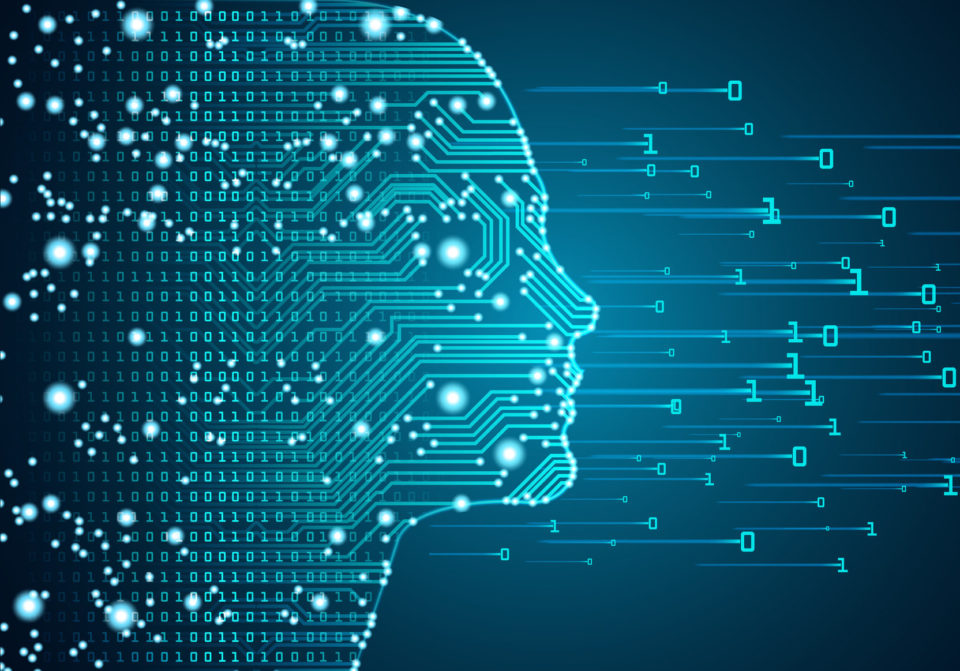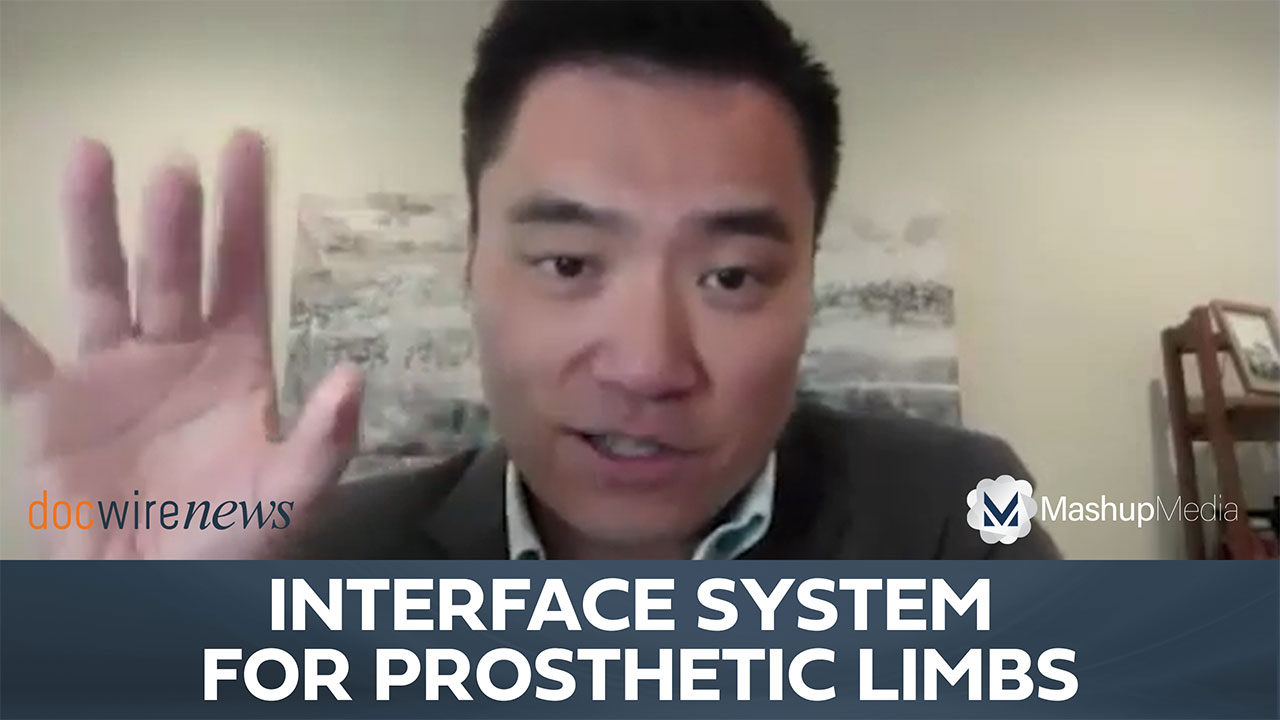
Artificial intelligence (AI) has led to many medical advancements, from AI-based software for the management of medical records, to diagnosing and recognizing conditions. Despite such achievements, the AI market is still young and is projected to expand rapidly. The market in healthcare is expected to grow to $6.6 billion by 2021 according to Accenture Consulting, marking an 11-fold increase from 2014.
Though many speculate that autonomous AI will eventually replace doctors, research has shown that physicians are enthusiastic about the future implications of AI in healthcare and have little concern about impacts on their job security. With the American Medical Association recently establishing a billing code for an AI-enabled system, the healthcare industry is beginning to take important steps towards adoption of autonomous AI in medicine.
Revolutionizing Diagnostic Procedures
A majority of emerging work regarding AI in healthcare surrounds diagnostic techniques, with AI systems being trained to recognize characteristic features of different conditions. At the forefront of these systems is IDx-DR, an FDA-approved autonomous AI that diagnoses diabetic retinopathy, a disease of the eye. Google and Verily have been working together to develop AI to screen diabetic patients for diabetic retinopathy as well. Though these systems require clinical apparatus, researchers from the University of Michigan Kellogg Eye Center have recently created an AI-diagnostic system for diabetic retinopathy that utilizes a smartphone camera. This imaging device, known as RetinaScope, uses existing smartphone technology and AI to cut costs and increase accessibility to retinal-imaging technology.
Google has done extensive work with AI, and one of their systems was found to outperform human professionals in diagnosing lung cancer. This system was trained using a deep learning algorithm that interprets computed tomography (CT) scans to predict one’s likelihood of having the disease. The researchers found that when analyzing a single CT scan, the AI model detected lung cancers 5% more often than the experts and was 11% more likely to decrease the rate of false positives. A similar study found that a machine learning program could diagnose heart disease with accuracy comparable to that of traditional means.
There are many other existing works regarding AI in diagnostics, including studies in which AI could detect schizophrenia and heart disease through wearable sensors like the Apple Watch. Assisting physicians in diagnosing and identifying conditions is an area of healthcare where AI has great potential.
Assisting in Screening Processes
Using predictive algorithms, AI is capable of rapidly screening data with the accuracy of a trained professional. Researchers from Weill Cornell Medicine used this AI capability in determining how likely a 5-day-old in vitro fertilized embryo is to result in successful pregnancy. Using 12,000 images of human embryos taken a few days after fertilization, the team trained the AI algorithm to differentiate between viable and unhealthy embryos. The study found that this algorithm, named Stork, was able to assess new embryo images with 97% accuracy. In creating this system, these researchers have taken an important step towards standardizing a process that normally depends on subjective human judgement.
In addition, researchers have also used AI as a screening tool to determine whether a patient is a good candidate for surgery. The study, published in npj Digital Medicine, details how machine learning AI was used to distinguish between patients who are fit for corneal refractive surgery and those who are likely to experience post-operative complications. The referral for this procedure often goes misdiagnosed, but by using AI, these researchers have potentially created an accurate screening tool for the surgery. The team found that their AI technique was able to differentiate between good and bad candidates for corneal refractive surgery with 93.4% accuracy.
Improving Outcomes in Cancer Patients
AI also holds promise in assisting in cancer diagnosis and management. Researchers from Osaka University have recently used AI to develop a system that can differentiate between different types of cancer cells. Profound variation in types of cancer cells observed from patient to patient make it particularly difficult for a human to identify cell types, and this AI-system could greatly alleviate this task. The team created the system based on a convolutional neural network, a specific form of AI that models the human visual system. After training this AI with 8,000 images of cells, the researchers found that it correctly identified cells with 98% accuracy.
More recently, researchers have created a machine learning computer model that can simulate the metabolism of cancer cells. This team, from the Life Sciences Research Unit at the University of Luxembourg, used this technique to analyze the effects of various drugs on stopping cancer development. After creating digital models of both healthy and cancerous cells, the researchers then incorporated genetic data from 10,000 patients within the Cancer Genome Atlas of the American National Cancer Institute. These computer models were used by the researchers to simulate the effects of different compounds on cellular metabolism. Simulating with the cancer cell models showed which drugs can effectively inhibit cancer growth, while simulating with the healthy cells tested the safety of these drugs. By screening for drugs that are effective and safe, this machine learning system allows researchers to rule out poor candidates before lab testing. These findings were covered in an open access article in the Lancet journal EBioMedicine.
Monitoring Patients Remotely
Incorporating AI into wearable technologies has the potential to allow doctors to monitor their patients remotely. Current Health has an AI wearable device available that measures multiple vital signs and has recently received FDA-clearance for patients to use at home. In February, the Edinburgh, Scotland-based company received clearance for the AI-enabled device in monitoring patients while in the hospital, but this recent approval means it can now be used between doctor visits at home too. The wireless device, Current, measures a patient’s pulse, respiration, oxygen saturation, temperature and mobility. Current provides physicians with real-time updates regarding their patient’s health, allowing them to handle complications promptly. The technology utilizes machine learning to analyze the data it collects to detect problematic changes in data.
Recent work has also combined AI with smartwatches to monitor patients for heart disease. These researchers developed an AI classifier that can detect hypertrophic cardiomyopathy and incorporated it into these wearable devices. This condition can cause serious complications and is commonly unrecognized in the clinical setting. By proposing a diagnostic approach using a machine learning and a wearable sensor, these researchers have potentially developed a noninvasive and widely available tool to identify the disease.
Researching Genetics
Using AI, a research team has recently uncovered novel genetic mutations associated with autism in noncoding regions of DNA. The scientists leveraged deep learning to analyze these ‘junk’ regions of the genome that may not affect what certain genes produce, but rather how much of it they make. The team went through 120,000 mutations to identify those that were tied to genetic behavior in the autistic individuals. These results did not show the exact causes of autism but did reveal the possible noncoding genetic contributors that were unique to those with the condition.
The deep learning algorithm employed in this study utilizes complex data analysis to uncover patterns that would be extremely challenging to identify by other means. This algorithm found the relevant regions of DNA in the analyzed genomes, then predicted which sections impact the 2,000+ protein interactions that regulate genes. The deep learning system also predicted if a single mutation in a DNA pairing could significantly impact these protein interactions. The work was published on May 27 in Nature Genetics.







 © 2025 Mashup Media, LLC, a Formedics Property. All Rights Reserved.
© 2025 Mashup Media, LLC, a Formedics Property. All Rights Reserved.